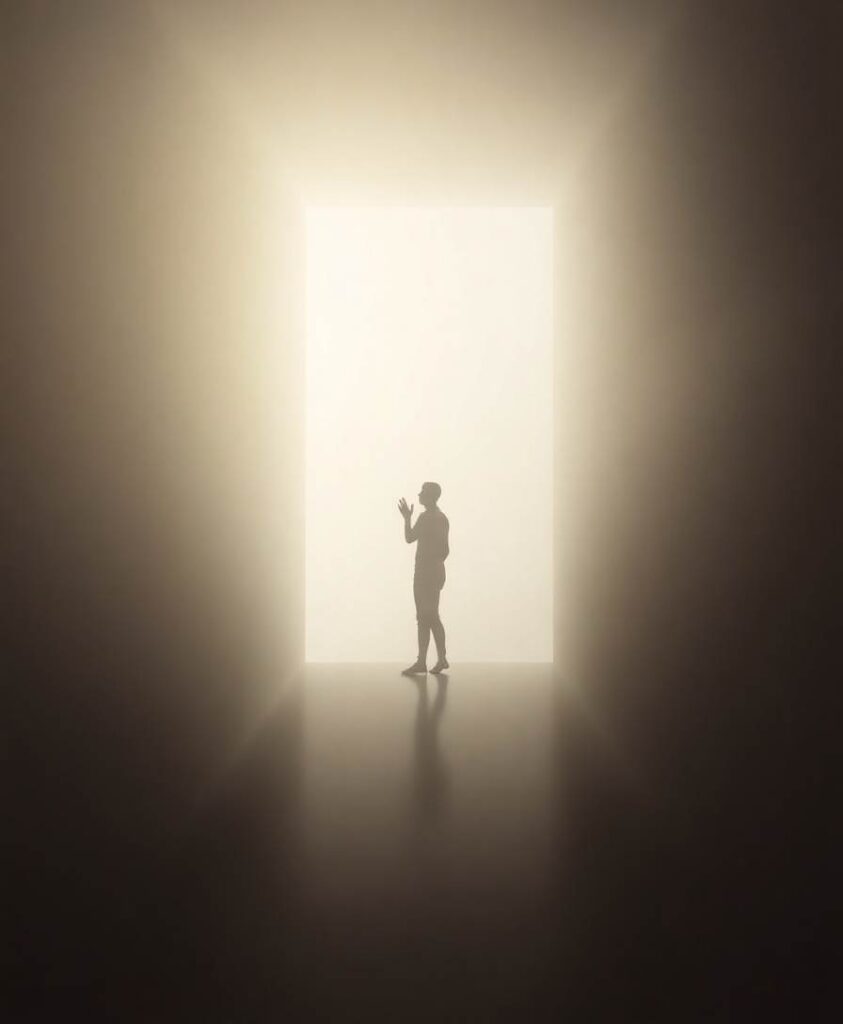Mental imagery fascinates me as an exercise physiologist who studies human performance. Our brains create remarkable internal landscapes—or sometimes struggle to do so. Aphantasia represents one of those neurological mysteries where people report an absence of visual thinking, yet still navigate complex cognitive tasks with surprising skill.
Recent research is peeling back the layers of this perceptual puzzle, revealing that visual imagination isn’t a simple on-or-off capability. Some individuals with aphantasia demonstrate remarkable compensatory strategies, suggesting our neural networks are far more adaptable than traditional models of cognition predicted. This hints at deeper questions about perception, memory, and how different brains construct internal representations of experience.
The emerging science of aphantasia doesn’t merely describe a deficit—it illuminates the stunning complexity of human mental processing. By examining how some brains create alternative pathways for spatial reasoning and memory, researchers are uncovering fundamental insights into neuroplasticity, cognitive diversity, and the rich variations in human perception. Each study brings us closer to understanding the incredible range of human cognitive potential.
The puzzle of aphantasia concerns how individuals reporting no visual imagery perform more-or-less normally on tasks presumed to depend on it [1]. In his splendid recent review in TiCS, Zeman [2] canvasses four ‘cognitive explanations’: (i) differences in description; (ii) ‘faulty introspection’; (iii) “unconscious or ‘sub-personal’ imagery”; and (iv) total lack of imagery. Difficulties beset all four. To make progress, we must recognize that imagery is a complex and multidimensional capacity and that aphantasia commonly reflects partial imagery loss with selective sparing.



